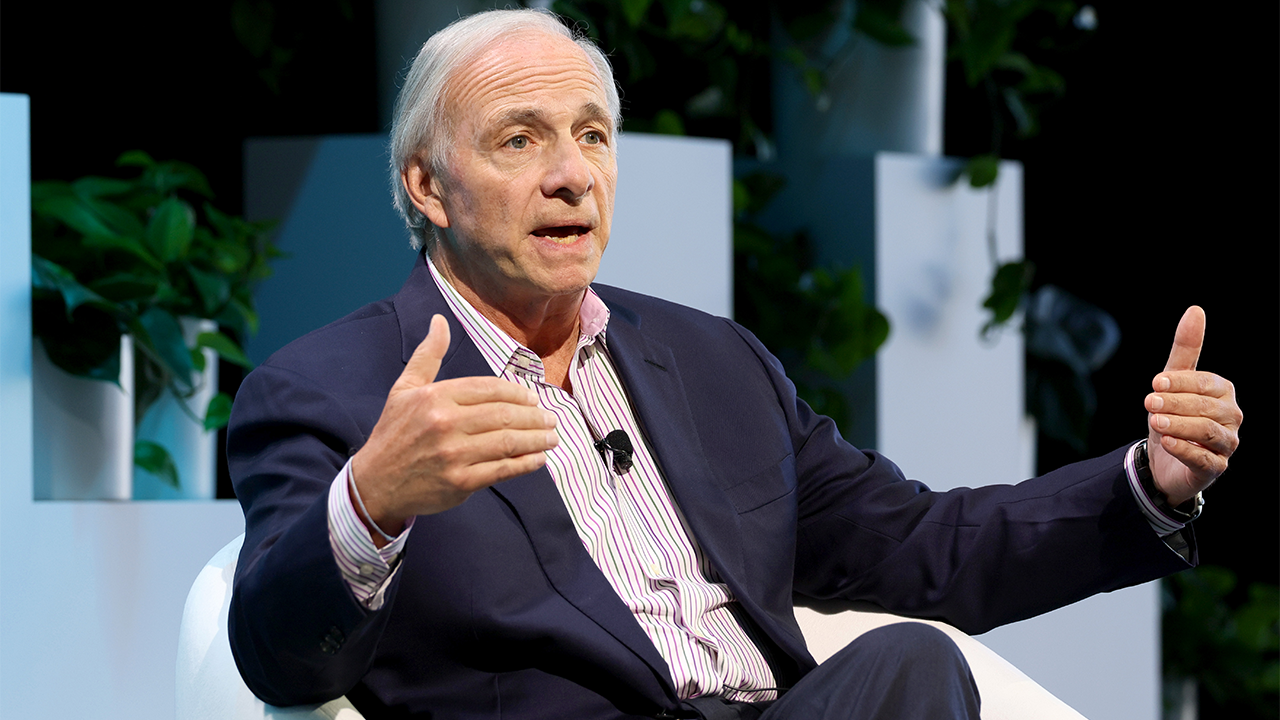
New York – Eastman Kodak, the 133-year-old photography company, has issued a stark warning to investors, indicating that its ability to continue operations is in substantial doubt. The company’s earnings report, released Monday, revealed a critical financial shortfall. Kodak stated it does not possess “committed financing or available liquidity” necessary to cover its upcoming debt obligations, which total approximately $500 million.
This financial predicament prompted the company to explicitly declare in a regulatory filing, “These conditions raise substantial doubt about the company’s ability to continue as a going concern.” The term “going concern warning” in accounting signifies a significant risk that a business may be forced to cease its operations. This development signals a critical juncture for the historic firm.
Following the announcement, shares of Eastman Kodak, traded under the ticker KODK, experienced a significant decline. Shares slumped more than 25% in midday trading on Tuesday. Some reports noted a plunge of $1.73, or 26%, dropping to $5.05 in Tuesday morning trading as investors reacted to the grim financial outlook.
As of June 30, Kodak reported cash and cash equivalents totaling $155 million. Of this amount, $70 million was held within the United States. This figure highlights the immediate challenge the company faces in meeting its nearly $500 million in short-term debt obligations, alongside more than $200 million in pension liabilities.
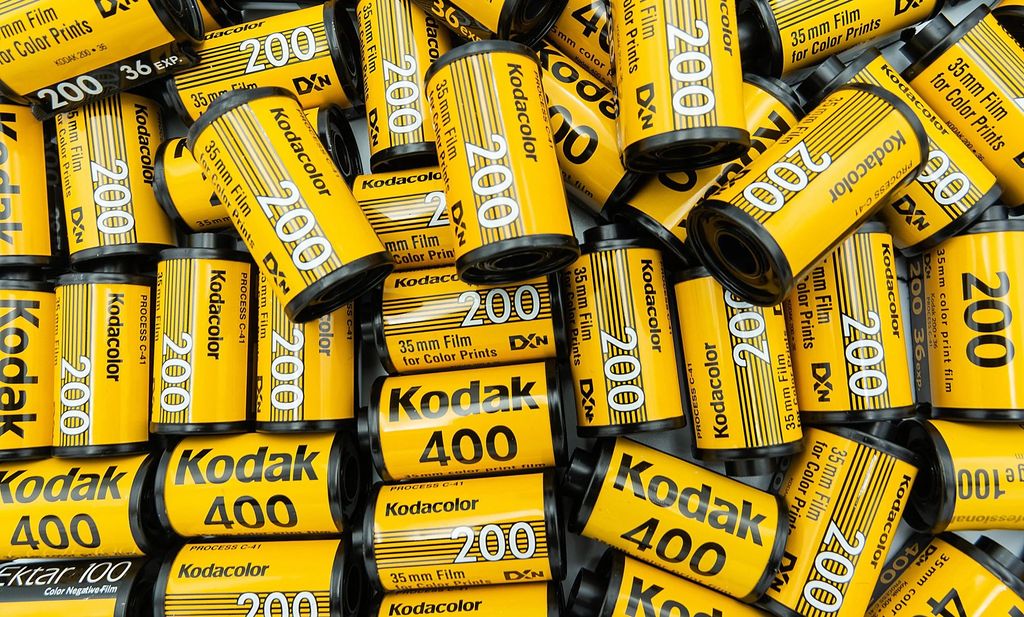
To address its immediate financial pressures, Kodak is exploring measures to generate necessary cash. One such strategy involves ceasing payments for its retirement pension plan. The company aims to gain a clear understanding by August 15 of how it will satisfy its obligations to all plan participants, with the completion of the reversion foreseen by December, according to Chief Financial Officer David Bullwinkle.
Kodak has also assessed potential external impacts on its business, specifically regarding tariffs. The company stated it does not expect tariffs to have “material impacts” on its operations. This assessment is attributed to the fact that Kodak manufactures many of its products, including cameras, inks, and film, within the United States.
Despite the challenging environment and the going concern warning, Kodak’s leadership conveyed a measure of confidence. Kodak CEO Jim Continenza stated in the earnings release that, “In the second quarter, Kodak continued to make progress against our long-term plan despite the challenges of an uncertain business environment.” This suggests an ongoing effort to navigate the company through its current difficulties.
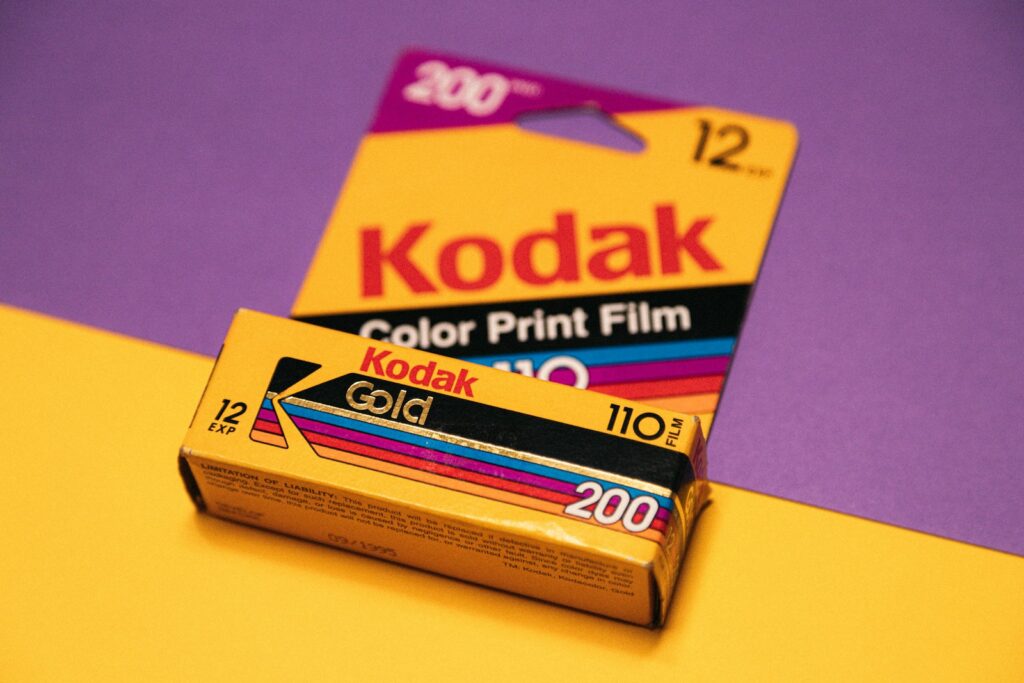
Further reinforcing this sentiment, a Kodak spokesperson, in a statement to CNN on Tuesday, expressed optimism regarding the company’s financial resilience. The spokesperson noted that Kodak is “confident it will be able to pay off a significant portion of its term loan well before it becomes due, and amend, extend, or refinance our remaining debt and/or preferred stock obligations.” The spokesperson also clarified that the “going concern” language itself is “essentially required disclosure” given the proximity of its debt maturities.
This current financial crisis marks the latest chapter in the storied history of Eastman Kodak, a company that has significantly shaped the landscape of photography. The company’s origins trace back to 1879, when George Eastman, its founder, secured his first patent for a plate-coating machine. The Eastman Kodak Company was formally incorporated in 1892, establishing its base in Rochester, New York.
Eastman’s vision was to democratize photography, an art form that, at the time, was largely inaccessible to the general public due to the specialized technical skills and extensive equipment required. In 1888, Eastman introduced a revolutionary product: the first Kodak camera, sold for $25. This invention was designed with simplicity in mind, aiming to make photography widely accessible to individuals without prior expertise.
The innovative approach was encapsulated in Eastman’s famous slogan: “You push the button, we do the rest.” This phrase underscored the ease of use that the Kodak camera offered, removing the complexities of film development and processing from the consumer’s hands. The very name “Kodak” itself was an invention of Eastman’s, coined “out of thin air,” as the company describes.
Product on Amazon: KODAK PIXPRO Friendly Zoom FZ45-RD 16MP Digital Camera with 4X Optical Zoom 27mm Wide Angle and 2.7″ LCD Screen (Red)
Brand: KODAK
Binding: Electronics Product Group: Camera
Price: 100.58 USD
Rating: 4.2 Total reviews: 3573
Compatible Mountings: KODAK PIXPRO
Aspect Ratio: 1.50:1, 16:9, 4:3
Photo Sensor Technology: CMOS
Supported File Format: JPEG
Image Stabilization: Optical
Maximum Focal Length: 219.6 Millimeters
Optical Zoom: 4 x
Maximum Aperture: 2.8 Millimeters
Expanded ISO Minimum: 100
Metering Description: Center Weighted
Shopping on Amazon >>

Eastman chose the letter ‘K’ for its perceived strength, explaining, “The letter ‘K’ had been a favorite with me — it seems a strong, incisive sort of letter.” This unique naming strategy became synonymous with a brand that would dominate the visual arts industry for decades. The company’s innovative spirit continued, leading to the creation of its first 35mm camera in 1938.
For nearly a century, Kodak enjoyed unparalleled success in producing cameras and film. Its yellow-and-red film boxes became an ubiquitous sight in photo shops and various retailers across the United States and globally. The company popularized photography as a pastime for generations of Americans, mass-producing famous models like the Brownie and Instamatic cameras.
By the 1970s, Kodak’s market dominance was nearly absolute. According to figures cited by The Economist, the company was responsible for a staggering 90% of film sales and 85% of camera sales within the United States. Its cultural impact was so profound that Paul Simon’s hit song “Kodachrome” topped the charts in 1973, reflecting the brand’s deep integration into popular culture.
Product on Amazon: The Hour That Changes the World (25th Anniversary Edition): A Practical Plan for Personal Prayer
Brand: Audible
Binding: Audible Audiobook Product Group: Audible
Price: 15.41 USD
Rating: 4.8 Total reviews: 900
Shopping on Amazon >>
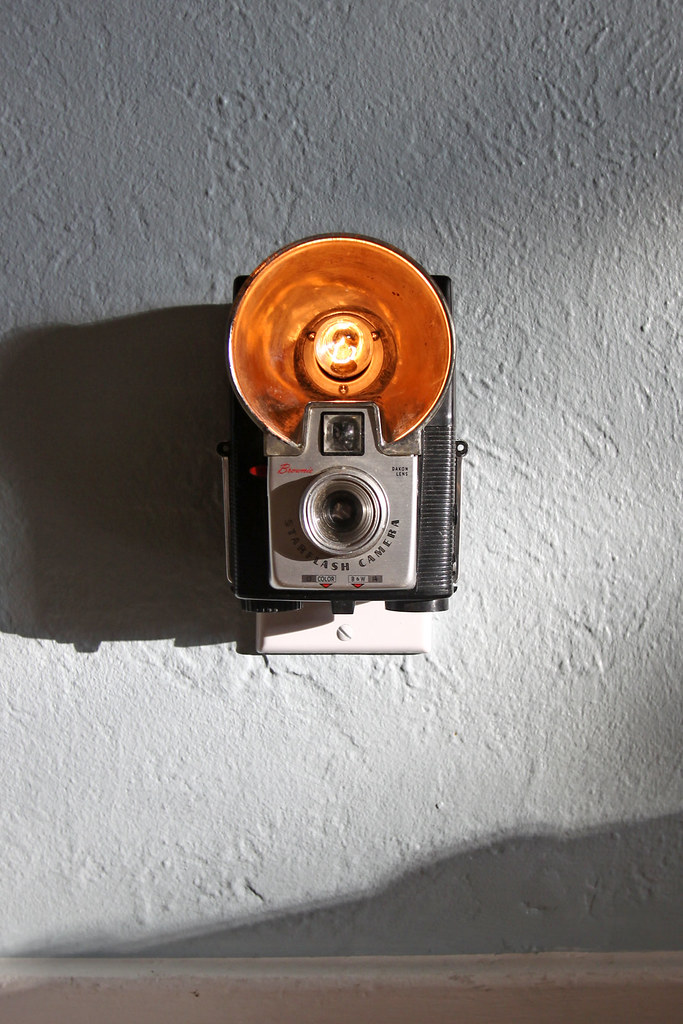
However, this powerful market position proved to be unsustainable, largely due to a technological shift that, ironically, Kodak itself pioneered. In 1975, Kodak introduced the world’s first digital camera. Despite this groundbreaking invention, the company famously struggled to adapt to, and capitalize on, the subsequent rise of digital technology.
As the 1990s progressed, digital cameras began to overtake traditional film photography, and Kodak found itself increasingly unable to keep pace with the rapidly evolving market. The company also faced intensifying competition from Japanese manufacturers, including Fujifilm, which eroded its once dominant market share. This inability to transition effectively led to a dramatic downturn.
In 2012, after years of struggling with increasing competition, the continuing growth in digital photography, and mounting debt, Kodak filed for Chapter 11 bankruptcy protection. At the time of its filing, the company faced a daunting landscape, reporting 100,000 creditors and total debts amounting to $6.75 billion.
Product on Amazon: KODAK PIXPRO Friendly Zoom FZ45-BK 16MP Digital Camera with 4X Optical Zoom 27mm Wide Angle and 2.7″ LCD Screen (Black)
Brand: KODAK
Binding: Electronics Product Group: Camera
Price: 99.99 USD
Rating: 4.2 Total reviews: 3573
Compatible Mountings: CMOS
Aspect Ratio: 1.50:1, 16:9, 4:3
Photo Sensor Technology: CMOS
Supported File Format: JPEG
Image Stabilization: Digital
Maximum Focal Length: 19.6 Millimeters
Optical Zoom: 4 x
Maximum Aperture: 3 f
Expanded ISO Minimum: 100
Metering Description: Evaluative
Shopping on Amazon >>
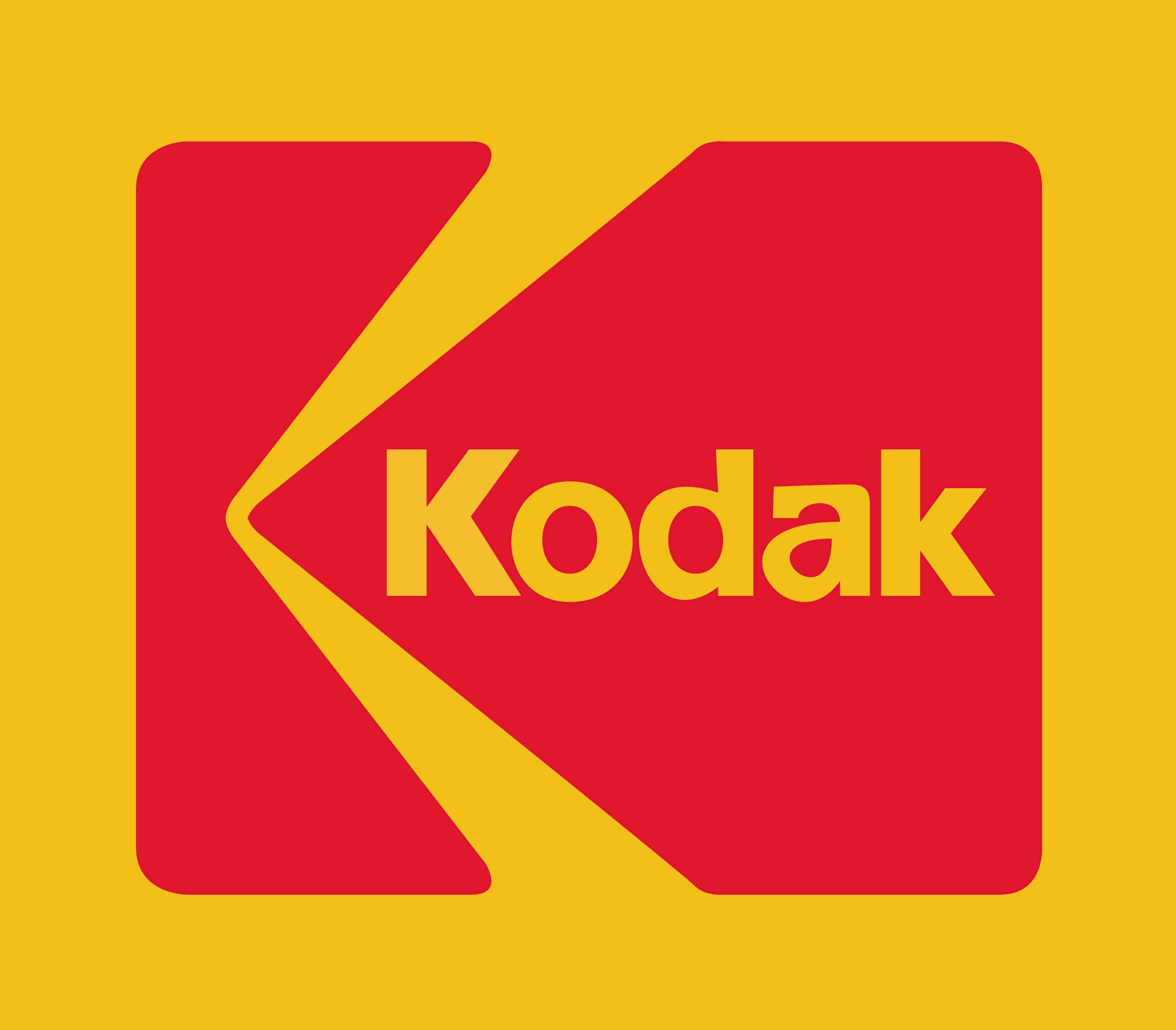
The bankruptcy proceedings forced Kodak to undergo a significant restructuring. The company wound up selling off many of its valuable businesses and patents, including the very camera manufacturing unit that had initially brought it international fame. A year later, in 2013, Kodak received approval for its plan to emerge from court oversight, signaling a new, albeit smaller, incarnation of the company.
Upon emerging from bankruptcy, Kodak aimed to redefine itself, shifting its focus toward commercial and packaging printing. This pivot represented a strategic move away from its consumer photography roots, targeting business-to-business markets rather than individual consumers. The company also continued to license its brand for various consumer products, such as a Barbie-themed mini photo printer.
More recently, in 2020, Kodak experienced a brief moment of renewed attention and financial reprieve. The United States government, seeking to reduce reliance on foreign pharmaceutical manufacturers, tapped Kodak to transform part of its operations into a producer of domestic pharmaceutical ingredients. This initiative included a potential $765 million government loan.

This announcement spurred a remarkable surge in Kodak’s stock price, which rose so rapidly that it triggered 20 circuit breakers throughout a single trading session. Despite subsequent losses experienced by the company, Kodak has stated its intention to expand this pharmaceutical segment of its business, indicating a commitment to this new direction.
Currently, Kodak is nearing completion of a manufacturing plant dedicated to creating regulated pharmaceutical products. The company already produces unregulated key starting materials for pharmaceuticals. Production at this retrofitted facility is expected to commence later this year, further solidifying its foray into the pharmaceutical industry.
Beyond pharmaceuticals, Kodak continues to maintain a presence in its traditional areas of expertise, albeit in a more specialized capacity. The company still manufactures films and chemicals, catering to specific businesses, including the movie industry, which continues to utilize film in its productions. This diversified approach aims to secure various revenue streams.
Product on Amazon: Kodak 6033963 Gold 200 135/24 Film (Pack of 2)
Brand: KODAK
Binding: Camera Product Group: Camera
Price: 24.26 USD
Rating: 4.6 Total reviews: 1070
Model Name: Gold 200
Film Color: Color
Film Format Type: 135
Exposures per Roll: 24
Shopping on Amazon >>
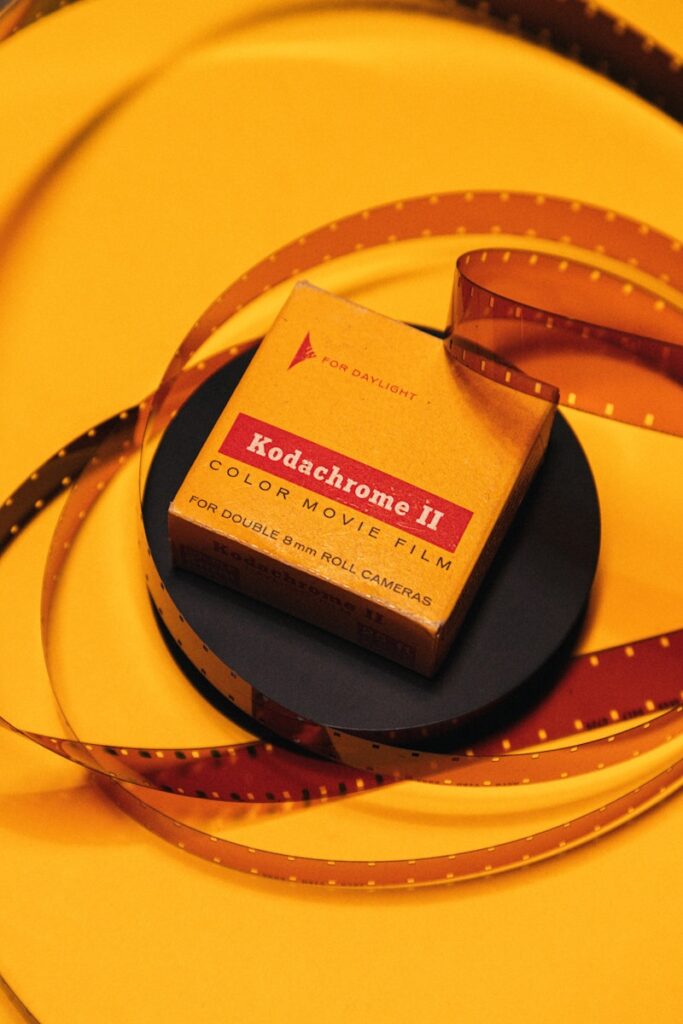
As Kodak navigates its current financial turbulence, the company’s future remains a subject of close observation. The “substantial doubt” regarding its ability to continue as a going concern underscores the severity of its financial obligations. Yet, the company’s stated confidence in its ability to manage these debts, alongside its strategic pivots into new markets like pharmaceuticals, highlights its determination to persist.
The iconic brand, synonymous with capturing life’s moments for over a century, is now in a critical phase. Its ability to leverage its manufacturing capabilities for new ventures while managing legacy debt will determine whether it can continue to adapt and survive in the ever-evolving global market. The journey of Eastman Kodak continues to be a testament to both groundbreaking innovation and the relentless challenges of industrial transformation.

